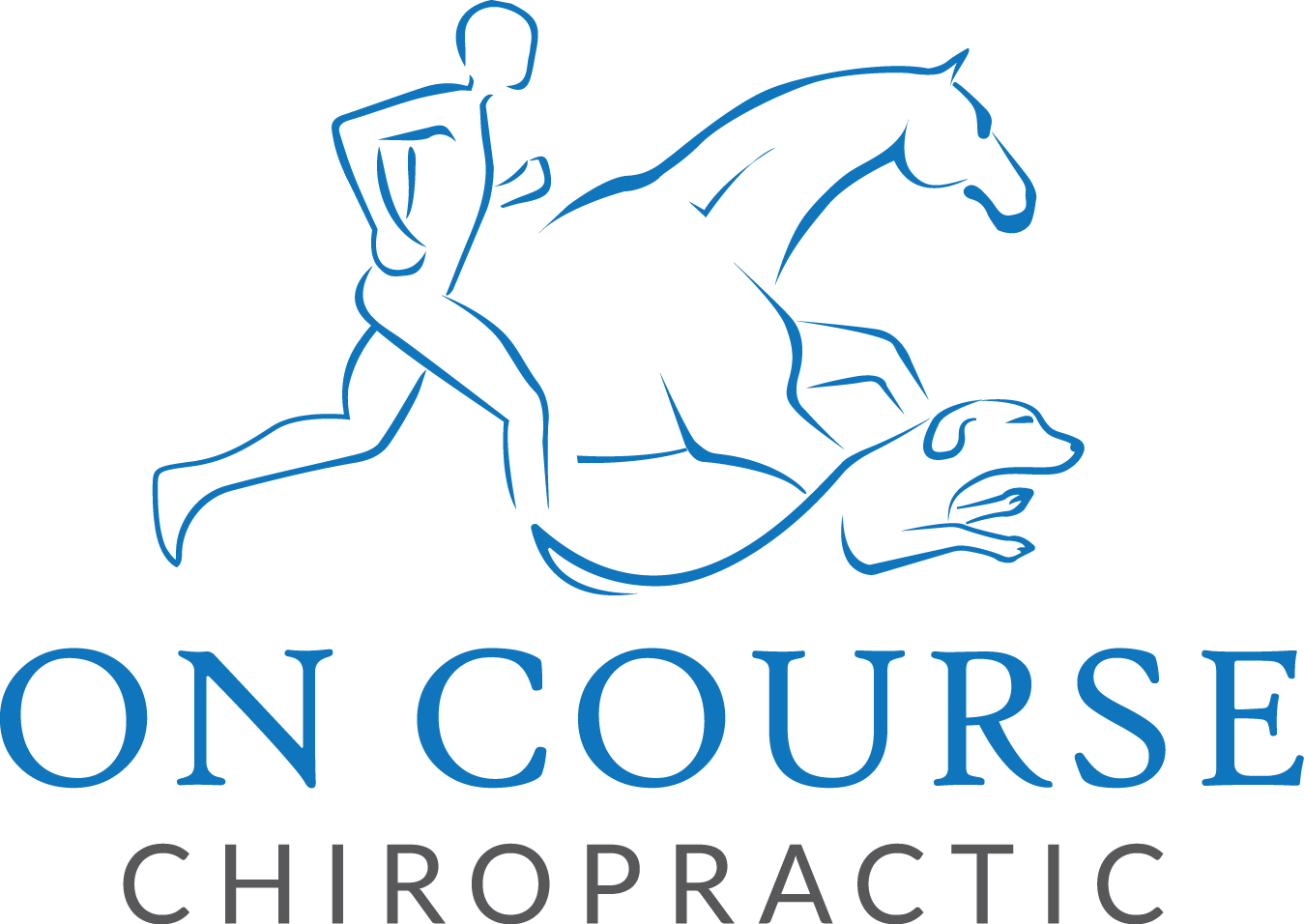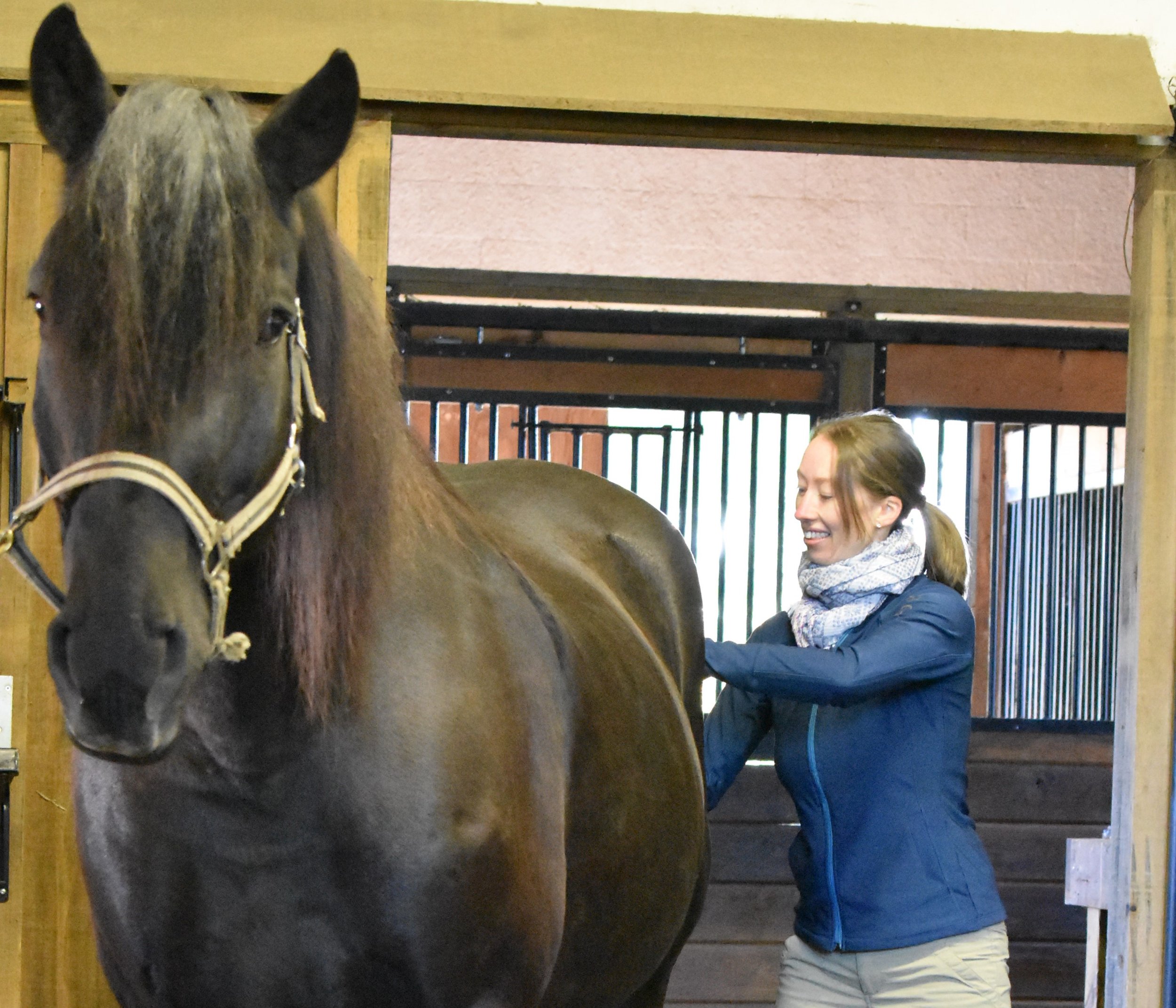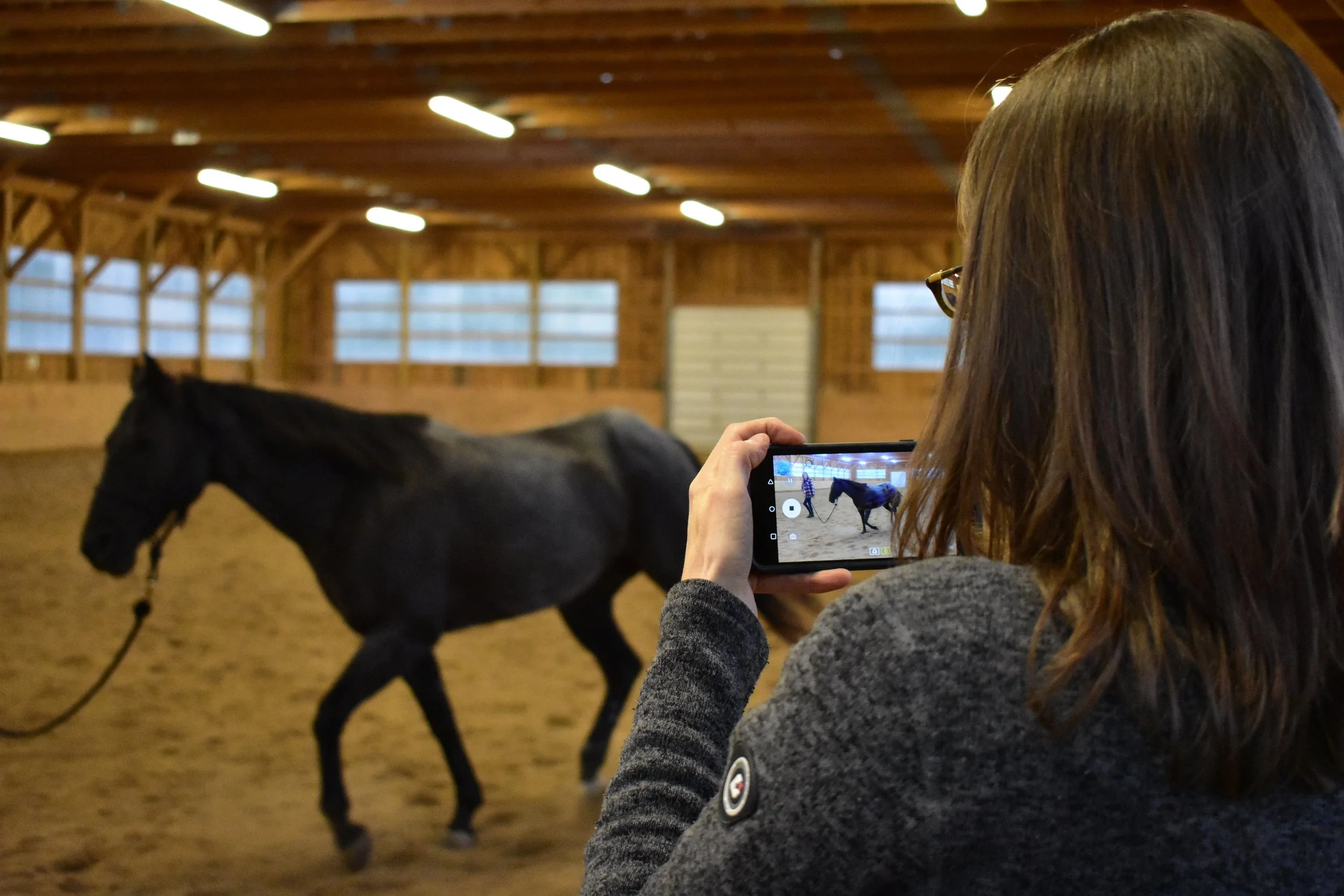I love helping horses and their people feel and perform at their best. It’s my passion and the best job on the planet. I want to do the best examination and treatment that I can so that you and you horse can enjoy all the benefits of modern, evidence-based equine chiropractic care. I know you and I both want the same thing: for your horse to be the best and happiest version of themselves. I’ve come up with a few ways you can help make it happen!
Whether you are planning your first equine chiropractic visit or your horse is a seasoned patient, please enjoy this somewhat saucy list of do’s and don’ts that apply to my visits as well as those of most equine service providers who come to see your horse.
1. DO: Be ready.
I want to be able to make the most of our time together so that your horse can reap as much benefit as possible from my visit. Even with generous appointment times, we have a lot to accomplish! If your horse is in and groomed when I arrive we can get right to work.
2. DO: Groom your horse.
Your horse should be reasonably clean, including legs and feet. I look at the patient as a whole and in the case of my equine patients I examine them from head to hoof. This means I will be picking up their legs to test their range of motion, feel for lesions, and palpate joint movement. Clumps of dirt and slimy mud make palpation difficult and it’s more likely that I will miss something. Your horse doesn’t need to look like they are on their way to the Royal and I accept that my hands are going to get dirty (all part of the job), but efforts to remove as much mud and dirt as possible enables me to feel what’s going on. For certain treatments such as Graston and Laser it is especially important that debris be removed.
For the super-groomers out there, I love your enthusiasm! But hoof oil and thrush treatments are best held off until after our appointment - they stain clothing and the odour lingers the rest of the day (and I’ve yet to find a lunch food that pairs well with the smell of Koppertox). Also, show sheen and such sprays can make treatments difficult by creating a slippery surface!
3. DON’T: Let your horse’s quirks take me by surprise.
Your horse should be comfortable being handled by a stranger in order to enjoy their visit. If your horse is fearful or has any dangerous behaviours like kicking, striking or biting, please let me know prior to the appointment so that we can decide on a plan that keeps everyone safe and happy. That plan may mean excluding certain parts of the assessment and treatment or it may mean postponing the visit.
If you have a young (or not so young) horse that is not yet good at having their feet picked up or is reactive to a specific aspect of handling (i.e. touching the stifle area or head), please let me know before I begin examining that area. My clients like me better in one functioning piece!
If behavioural issues arise during the appointment let me know if there is something you think we can do to make your horse more comfortable. You know your horse best, so please communicate with me about what is best for them! I’ll be happy to work with you to gain their trust and provide the best possible treatment.
4. DO: Schedule our visit at an appropriate time.
When arranging our appointment, consider your horse and your barn’s schedule. This may mean avoiding feeding time if that is going to make your horse impatient or tense, avoiding turn-in time or busy lesson hours when the aisle is busy with traffic. If your horse is herd-bound try to have the appointment take place when their friends are in the barn or nearby. Scheduling our appointment during a time when your horse is most relaxed allows me to properly examine them and provide effective treatments.
5. DON’T: Box me in.
The ideal area to carry out a chiropractic visit is dry, spacious, well-lit and fairly flat. Although I am okay with working in a large stall if need be, the ideal location is somewhere like a wide aisle with plenty of space to place my adjusting bales without either me or your horse feeling cramped. An arena works fine as well as long as your horse will stand quietly, as does a wash stall. If your horse is good being tied or on crossties that’s fine with me and if you prefer to hold them that’s fine as well. I’m happy to work outside in good conditions, but if the wind is whipping through and I can’t feel my hands, I am not going to be able to provide a great assessment and treatment.
6. DO: Be prepared for a gait analysis.
If I am seeing your horse for the first time or if something new has come up, I am going to want to see them move. Ideally, this means I see them go in all three gaits either under saddle, on the lunge, or free-lunging in an appropriate enclosed space and being jogged in-hand.
If your horse doesn’t know how to lunge or jog in hand these skills are something for you to work on over time, with a trainer if needed. This enables professionals like bodyworkers, veterinarians, farriers, and chiropractors, to do their job effectively after evaluating how your horse moves. Watching your horse gallop from one end of the arena or paddock to the other is not sufficient for us to gain the information we need. Of course there will be cases where these skills are not in your horse’s repertoire just yet, and we will do our best with what we can do safely.
7. DON’T: Forget the lunge whip
Unless your horse is legitimately terrified of whips and you are worried about being dragged into the next county, please have one with you.
If you tell me your horse does not need a lunge whip, Murphy’s Law says they WILL make a liar of you while I am standing in your arena with my video camera, recording you desperately flinging the end of your lunge line towards them trying to initiate any gait above a slow amble. Believe me, I have the footage to prove it! 😉
8. DO: Pay attention.
If you yourself have ever been worked on by a chiropractor, massage therapist, physiotherapist, osteopath, etc., you will know that some aspects of assessment and treatment feel really good while others can be uncomfortable. Part of my job is to figure out where your horse has pain; that can at times involve some uncomfortable palpation. Some horses’ way of telling me I found the spot can be swift and occasionally a bit violent, which can potentially be dangerous for you and me. When handling a horse for an appointment please pay attention to what I am doing and to the horse’s response. Be ready to put your horse at ease with some gentle control.
I will also need your engagement throughout the appointment. I will have questions and information for you as my exam progresses. The best way for both of us to have a clear understanding of your horse’s needs is for us to communicate throughout the visit. I will spend our time together educating you about your horse’s condition, answering all of your questions, and helping you come up with ways to help your horse out between visits.
An exception to the above is a horse that I know well, I am seeing for a routine appointment, is clean and ready (see: #2!), is well-behaved (#3!), and whom we have spoken about beforehand or at the start of the appointment. As part of every appointment, I will always want to touch base with you on how they are doing.
9. DON’T: Hesitate to bring reports from other equine practitioners
I love to collaborate with other equine professionals and feel this approach is in the best interest of the horse. If you have had other exams done (for example, diagnostic imaging, lameness exams or bodywork) the reports can help me to fully understand your horse’s condition and create the best possible treatment plan.
I will provide a report from my visit and am always happy to communicate one on one with other members of your horse’s healthcare team if needed as well.
10. DO: Ask questions!
At the end of the appointment I want you to feel confident that you understand my findings and that you have a strategy for going forward. This will ensure the best outcome for your horse. You are paying for my time and there is no question too big or too small when it comes to your horse’s well-being. If you think of something after I leave, I am only a message away!
If you have a lot of questions about your horse’s management or something comes up after our visit that you’d like advice on we can even set up a phone or video consult.
I hope this list has you looking forward to our next visit. If it’s raised any questions for you, see #10 :) See you in the barn!














